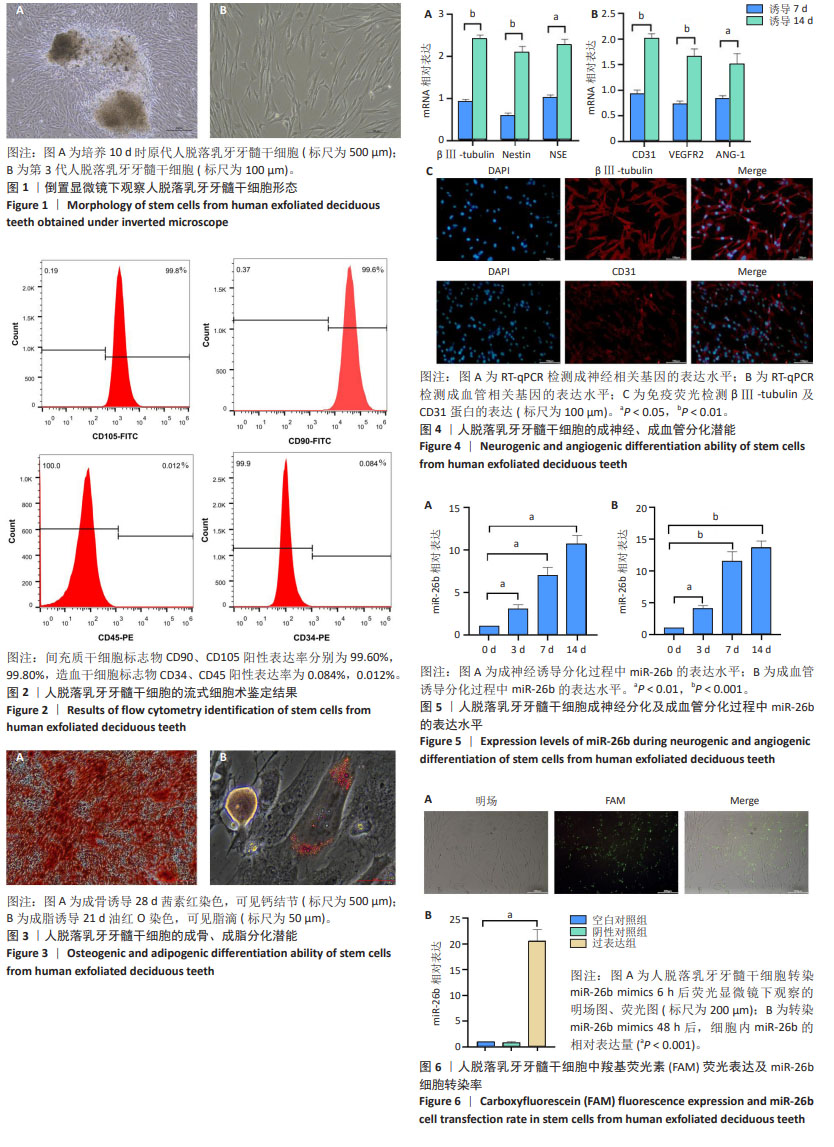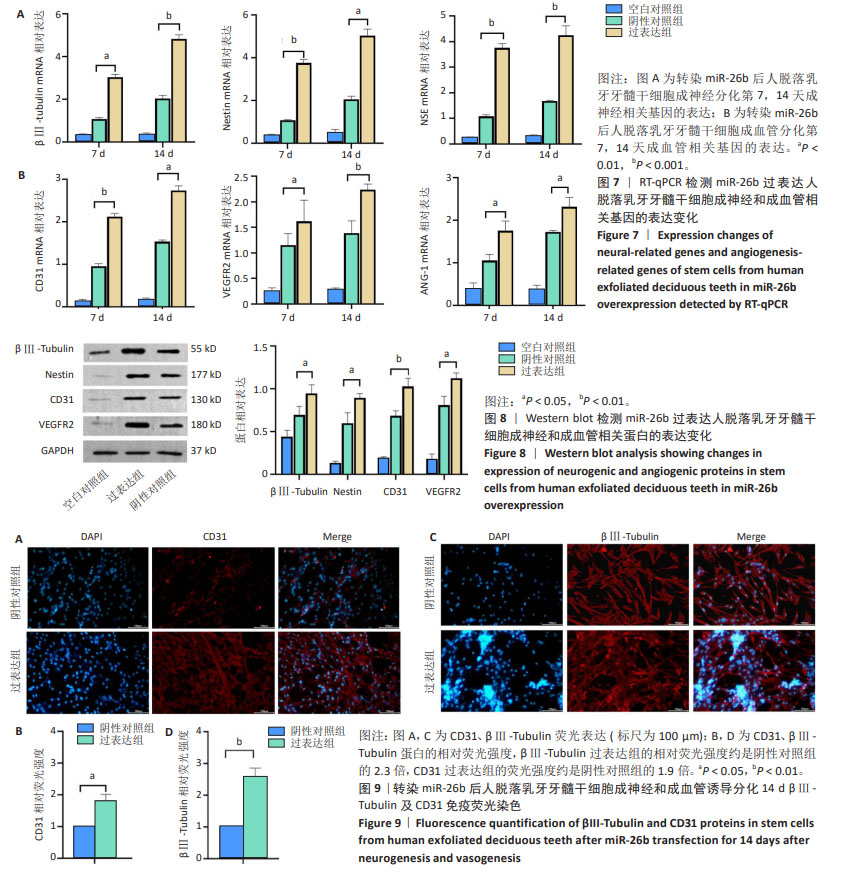[1] JAKOVLJEVIC A, NIKOLIC N, JACIMOVIC J, et al. Prevalence of Apical Periodontitis and Conventional Nonsurgical Root Canal Treatment in General Adult Population: An Updated Systematic Review and Meta-analysis of Cross-sectional Studies Published between 2012 and 2020. J Endod. 2020;46(10):1371-1386.e8.
[2] TIBÚRCIO-MACHADO CS, MICHELON C, ZANATTA FB, et al. The global prevalence of apical periodontitis: a systematic review and meta-analysis. Int Endod J. 2021; 54(5):712-735.
[3] BURNS LE, KIM J, WU Y, et al. Outcomes of primary root canal therapy: An updated systematic review of longitudinal clinical studies published between 2003 and 2020. Int Endod J. 2022;55(7):714-731.
[4] BROCHADO MARTINS JF, GUERREIRO VIEGAS O, CRISTESCU R, et al. Outcome of selective root canal retreatment-A retrospective study. Int Endod J. 2023;56(3): 345-355.
[5] 凌均棨,毛剑.牙髓再生的研究现状与发展前景[J].中华口腔医学杂志,2018, 53(6):361-366.
[6] MIURA M, GRONTHOS S, ZHAO M, et al. SHED: stem cells from human exfoliated deciduous teeth. Proc Natl Acad Sci U S A. 2003;100(10):5807-5812.
[7] 魏珊,李勤,苏怡.人乳牙牙髓干细胞的研究热点及应用潜能[J].中国组织工程研究,2022,26(1):125-129.
[8] MENS MMJ, GHANBARI M. Cell Cycle Regulation of Stem Cells by MicroRNAs. Stem Cell Rev Rep. 2018;14(3):309-322.
[9] MARTELLO A, MELLIS D, MELONI M, et al. Phenotypic miRNA Screen Identifies miR-26b to Promote the Growth and Survival of Endothelial Cells. Mol Ther Nucleic Acids. 2018;13:29-43.
[10] 袁媛园,潘露,周绍兰,等.miR-26b对人脱落乳牙牙髓干细胞及人脐带间充质干细胞增殖、迁移和成骨分化的影响[J].中国组织工程研究,2024, 28(13):2017-2023.
[11] 马琳,刘安琪,郭皓,等.牙髓干细胞用于牙再生的新进展和新方向[J].中华口腔医学杂志,2024,59(5):496-501.
[12] MURRAY PE, GARCIA-GODOY F, HARGREAVES KM. Regenerative endodontics: a review of current status and a call for action. J Endod. 2007;33(4):377-390.
[13] GOLDBERG M, NJEH A, UZUNOGLU E. Is Pulp Inflammation a Prerequisite for Pulp Healing and Regeneration? Mediators Inflamm. 2015;2015:347649.
[14] BASABRAIN MS, ZHONG J, LIU J, et al. Interactions of Neuronally Induced Stem Cells from Apical Papilla Spheres, Stems Cells from Apical Papilla, and Human Umbilical Vascular Endothelial Cells on Vasculogenesis and Neurogenesis. J Endod. 2024;50(1):64-73.e4.
[15] YAMAMOTO A, SAKAI K, MATSUBARA K, et al. Multifaceted neuro-regenerative activities of human dental pulp stem cells for functional recovery after spinal cord injury. Neurosci Res. 2014;78:16-20.
[16] GUGLIANDOLO A, MAZZON E. Dental Mesenchymal Stem Cell Secretome: An Intriguing Approach for Neuroprotection and Neuroregeneration. Int J Mol Sci. 2021;23(1):456.
[17] SUGIMURA-WAKAYAMA Y, KATAGIRI W, OSUGI M, et al. Peripheral Nerve Regeneration by Secretomes of Stem Cells from Human Exfoliated Deciduous Teeth. Stem Cells Dev. 2015;24(22):2687-2699.
[18] RATAJCZAK J, BRONCKAERS A, DILLEN Y, et al. The Neurovascular Properties of Dental Stem Cells and Their Importance in Dental Tissue Engineering. Stem Cells Int. 2016;2016:9762871.
[19] GONMANEE T, THONABULSOMBAT C, VONGSAVAN K, et al. Differentiation of stem cells from human deciduous and permanent teeth into spiral ganglion neuron-like cells. Arch Oral Biol. 2018;88:34-41.
[20] AKPINAR G, KASAP M, AKSOY A, et al. Phenotypic and proteomic characteristics of human dental pulp derived mesenchymal stem cells from a natal, an exfoliated deciduous, and an impacted third molar tooth. Stem Cells Int. 2014; 2014:457059.
[21] CHEN K, XIONG H, XU N, et al. Chondrogenic potential of stem cells from human exfoliated deciduous teeth in vitro and in vivo. Acta Odontol Scand. 2014;72(8): 664-672.
[22] WANG P, ZHU S, YUAN C, et al. Shear stress promotes differentiation of stem cells from human exfoliated deciduous teeth into endothelial cells via the downstream pathway of VEGF-Notch signaling. Int J Mol Med. 2018;42(4):1827-1836.
[23] XU JG, GONG T, WANG YY, et al. Inhibition of TGF-β Signaling in SHED Enhances Endothelial Differentiation. J Dent Res. 2018;97(2):218-225.
[24] LI S, ZHAO W, XU Q, et al. MicroRNA-765 regulates neural stem cell proliferation and differentiation by modulating Hes1 expression. Am J Transl Res. 2016;8(7): 3115-3123.
[25] CAO C, LI L, LI H, et al. Cyclic biaxial tensile strain promotes bone marrow-derived mesenchymal stem cells to differentiate into cardiomyocyte-like cells by miRNA-27a. Int J Biochem Cell Biol. 2018;99:125-132.
[26] HAN J, DENLI AM, GAGE FH. The enemy within: intronic miR-26b represses its host gene, ctdsp2, to regulate neurogenesis. Genes Dev. 2012;26(1):6-10.
[27] 朱爱思. HGF通过上调miR-221及miR-26b促进MSCs的增殖及迁移[D].苏州:苏州大学,2013.
[28] LUO Y, JI H, CAO Y, et al. miR-26b-5p/TCF-4 Controls the Adipogenic Differentiation of Human Adipose-derived Mesenchymal Stem Cells. Cell Transplant. 2020;29: 963689720934418.
[29] WAS N, SAUER M, FISCHER U, et al. lncRNA Malat1 and miR-26 cooperate in the regulation of neuronal progenitor cell proliferation and differentiation. RNA. 2022;29(1):69-81.
[30] DILL H, LINDER B, FEHR A, et al. Intronic miR-26b controls neuronal differentiation by repressing its host transcript, ctdsp2. Genes Dev. 2012;26(1):25-30.
[31] WANG JH, HE DE. Simvastatin treatment promotes proliferation of human dental pulp stem cells via modulating PI3K/AKT/miR-9/KLF5 signalling pathway. J Cell Mol Med. 2021;25(23):10892-10901.
[32] SUN X, MENG L, QIAO W, et al. Vascular endothelial growth factor A/Vascular endothelial growth factor receptor 2 axis promotes human dental pulp stem cell migration via the FAK/PI3K/Akt and p38 MAPK signalling pathways. Int Endod J. 2019;52(12):1691-1703.
[33] SAMAKOVA A, GAZOVA A, SABOVA N, et al. The PI3k/Akt pathway is associated with angiogenesis, oxidative stress and survival of mesenchymal stem cells in pathophysiologic condition in ischemia. Physiol Res. 2019;68(Suppl 2):S131-S138.
[34] HE J, ZHANG N, ZHU Y, et al. MSC spheroids-loaded collagen hydrogels simultaneously promote neuronal differentiation and suppress inflammatory reaction through PI3K-Akt signaling pathway. Biomaterials. 2021;265:120448.
[35] ZHU A, KANG N, HE L, et al. MiR-221 and miR-26b Regulate Chemotactic Migration of MSCs Toward HGF Through Activation of Akt and FAK. J Cell Biochem. 2016;117(6):1370-1383.
[36] SHI E, YE XN, XIE LY. miRNA-26b suppresses the TGF-β2-induced progression of HLE-B3 cells via the PI3K/Akt pathway. Int J Ophthalmol. 2021;14(9):1350-1358.
[37] ZHOU Y, QIAO H, LIU L, et al. miR-21 regulates osteogenic and adipogenic differentiation of BMSCs by targeting PTEN. J Musculoskelet Neuronal Interact. 2021;21(4):568-576.
[38] LI G, NING C, MA Y, et al. miR-26b Promotes 3T3-L1 Adipocyte Differentiation Through Targeting PTEN. DNA Cell Biol. 2017;36(8):672-681.
[39] 娜日松,孙亮,赵振群,等.miR-26b调控脂肪酸结合蛋白4介导脂肪细胞分化的分子机制[J].中国组织工程研究,2022,26(2):260-265. |

